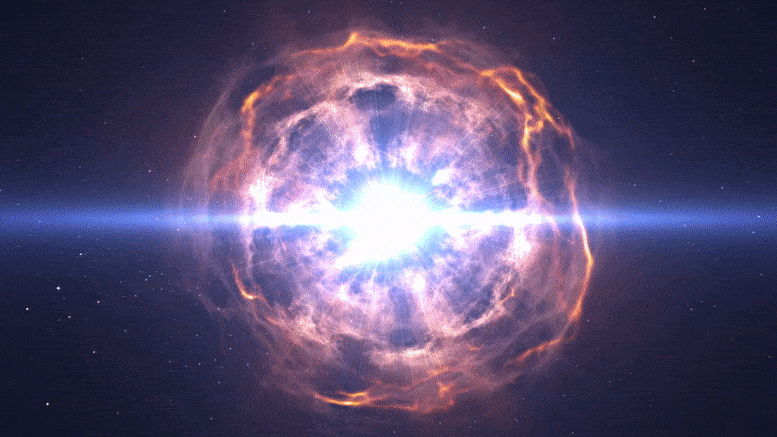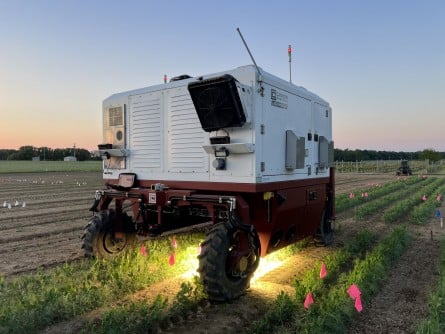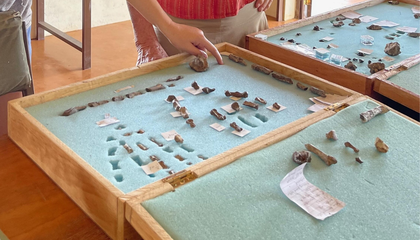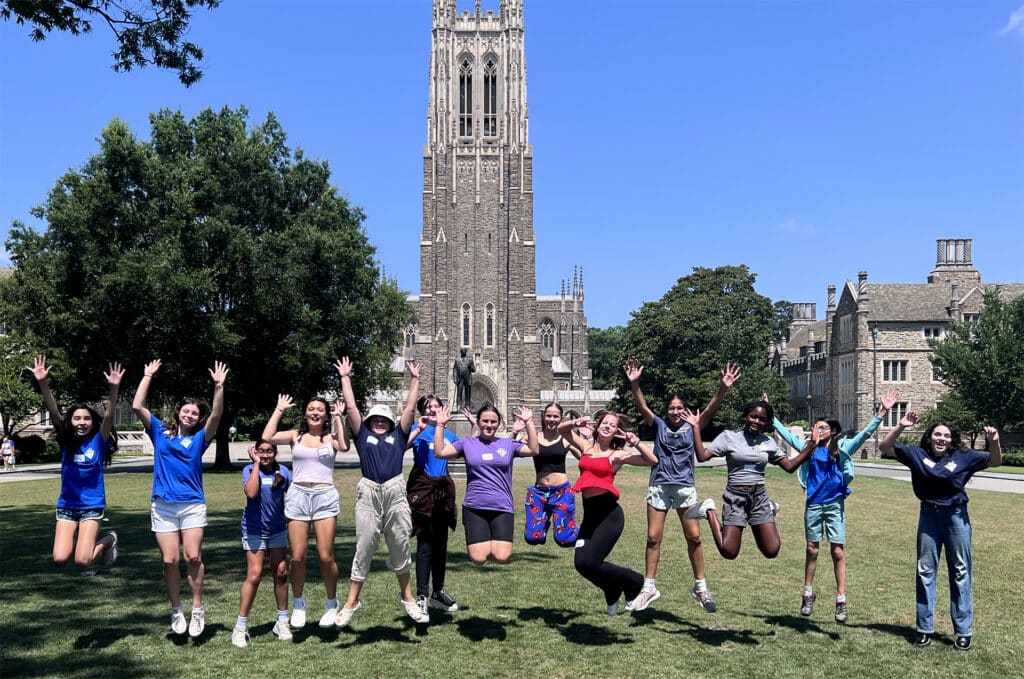Recent research suggesting that the universe is decelerating has drawn scrutiny from notable astrophysicist Adam Reiss, a Nobel Prize winner recognized for his work on cosmic expansion. Reiss, who received the award in 2011 alongside Saul Perlmutter and Brian Schmidt, has highlighted significant flaws in the methodology of the study, which claims to challenge the prevailing understanding of cosmic expansion.
The study in question bases its conclusions on observations of approximately 300 supernovae, positing a correlation between the peak brightness of Type-Ia supernovae and the age of their host galaxies. According to the authors, younger galaxies produce dimmer supernovae, leading them to argue that current methods of measuring galactic distances are flawed. If accurate, this would imply that the standard cosmological model, known as the ΛCDM, is incorrect.
Reiss identifies two major issues with the paper’s conclusions. The first pertains to the authors’ focus on galactic ages. While they assert that the light curves of supernovae do not account for the ages of their host galaxies, Reiss contends that they neglect the importance of galactic mass, which is easier to measure and has a strong correlation with age. Since around 2010, updated catalogs such as Pantheon+ have adjusted for mass when calculating supernova distances. This adjustment is significant because the authors of the recent study relied on older databases that did not incorporate mass adjustments, raising concerns about the validity of their findings.
The second issue involves the relationship between galaxy age and the age of supernova progenitors. The study relies on the assumption that the age of a galaxy can serve as a proxy for the age of its progenitor stars. This assumption is problematic; local supernovae are often found in young star-forming regions, suggesting that their progenitors typically form less than a billion years before the supernova event. Consequently, the authors’ argument, which categorizes distant progenitors as young and local ones as old, lacks a solid foundation.
Reiss emphasizes the need for further peer-reviewed research to thoroughly evaluate these claims. He notes that the scientific community eagerly anticipates robust analyses that will address the myriad issues presented in the study.
The research is documented in the paper titled “Strong progenitor age bias in supernova cosmology–II. Alignment with DESI BAO and signs of a non-accelerating universe,” published in the Monthly Notices of the Royal Astronomical Society. This article is part of a broader conversation about cosmic expansion and the fundamental nature of our universe.
As the scientific community continues to investigate these complex issues, the implications of such findings could reshape our understanding of cosmic dynamics.







